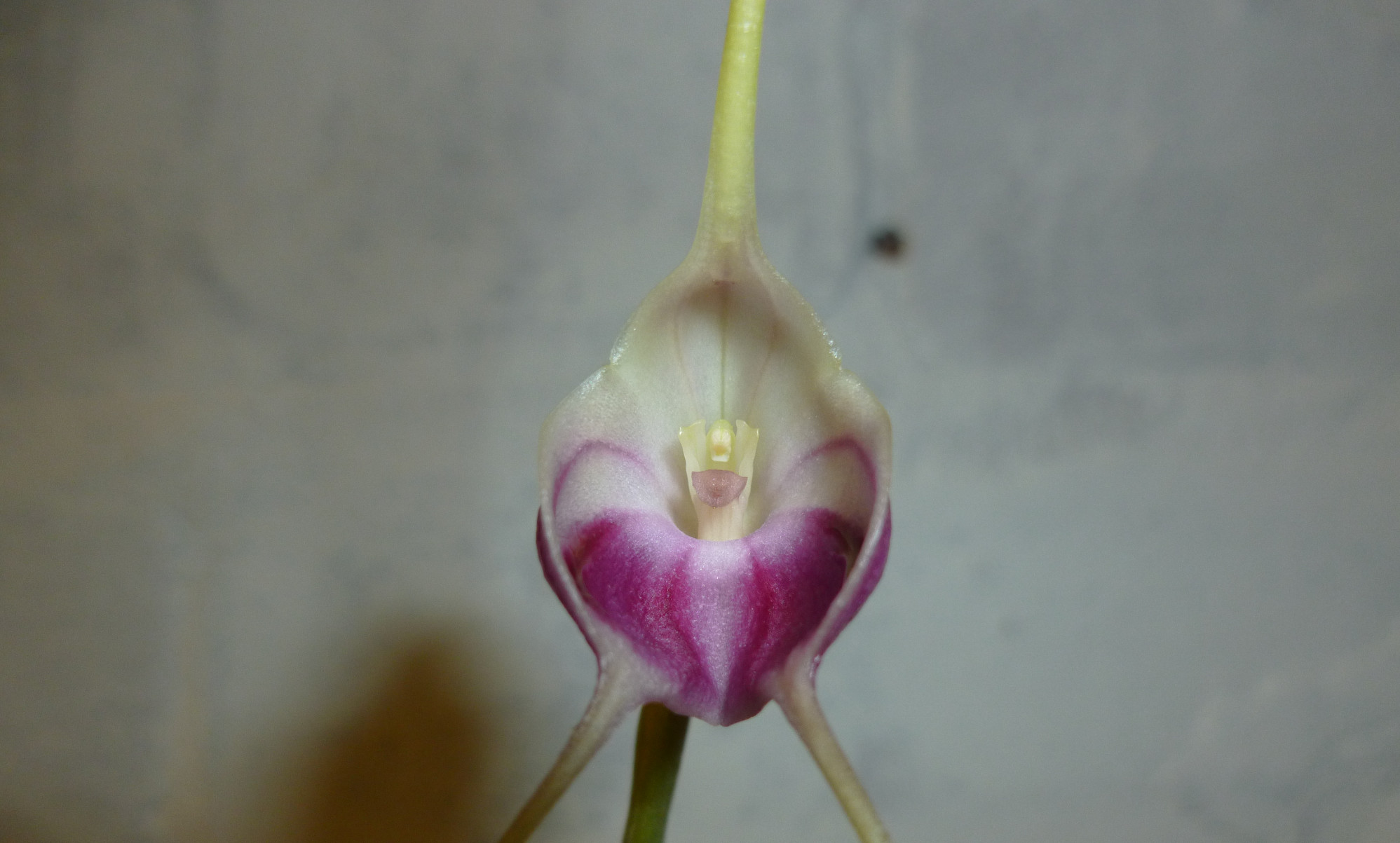Ok…so the blog was originally supposed to be about carnivorous plants (especially Cephs and Pings of which I know a fair bit about) and orchids (Masdevallias). Growing under lights, inside, outside and pretty much wherever I can. I had blog post ideas for pinguicula potting media (coming soon!) and how I grow highland orchids in my garage.
Instead I’m getting more excited about UK botany which is something in which I’m very much a beginner. My first post was about how and why I started to attempt to learn to identify native species of wildflowers (trees too) and how I set myself the challenge of key’ing out 50 species.
Well as of last night I’ve gone past that barrier. I’d headed off up to my nearby greenbelt to forage for early blackberries but got a bit distracted by some easy to key species. Summer is very much coming to an end (see last post) but I was surprised to find a few little pockets of species flowering when the larger populations had long since ceased.
Crossing a major A road, in the central reservation there is still a few Common toadflax (Linaria vulgaris) flowers and in a little hollow where I found many blackberries there was a small patch of Betony (Stachys officinalis). Both species are common nearby, but I’ve not seen Betony for about a month and the toadflax had stopped flowering even earlier than that.
For posterity the list is below. No laughing please – obviously most of these are very common UK species but now I know A.What they’re called and B. how to key them out by identifying characteristics of leaves, stems and flowers. Last night was a prime example. Previously I’ve have said ‘big daisy’ but now I know its a Scentless Mayweed ( Tripleurospermum inodorum). And in my small way I was amazed that ‘little yellow weed thing – probably a sick dandelion) is in fact Pineappleweed (Matricaria discoidea) and if you crush it, it really does smell of pineapple!
1. Spanish Broom (Spartium junceum)
2. Common Ragwart (Senecio jacobaea)
3. Lesser Celandine (Ficaria verna)
4. White dead nettle (Lamium album)
5. variegated Yellow Archangel (Lamium galeobdolon subsp. argentatum)
6. Dogs Mercury (Mercurialis perennis)
7. Cleavers (Galium aparine)
8. Purple Toadflax (Linaria purpurea)
9. Lords-and-ladies (Arum maculatum)
10. Golden-Saxifrage [Opposite-Leaved] (Chrysosplenium oppositifolia)
11. Common Broom (Cytisus scoparius)
12. Thale Cress (Arabidopsis thaliana)
13.Creeping Woodsorrel (Oxalis corniculata)
14. Field forget-me-not (Myosotis arvensis)
15. Red Campion (Silene dioica)
16. Greater Periwinkle (Vinca major)
17. Common Field Speedwell (Veronica persica)
18. Cow Parsley (Anthriscus sylvestris)
19. Greater Plantain (Plantago major)
20. Ribwort Plantains (Plantago lanceolata)
21. Yarrow (Achillea millefolium)
22. Teasel (Dipsacus fullonum)
23. Indian Balsam (Impatiens glandulifera)
24. Treacle Mustard (Erysimum cheiranthoides)
25. Self heal (Prunella vulgaris)
26. Marsh Pennywort (Hydrocotyle vulgaris)
27. Water Mint (Mentha aquatica)
28. Tufted Vetch (Vicia cracca)
29. Common Birds foot trefoil (Lotus corniculasus)
30. Field Bindweed (Convolvuls arvensis)
31. Garlic Mustard (Alliaria petiolata)
32. Giant Bellflower (Campanula latifolia)
33. Common spotted orchid (Dactylorhiza fuchsii)
34. Scarlet Pimpernel (Anagallis arvensis)
35. Common Toadflax (Linaria vulgaris)
36. Monk’s Hood (Aconitum Napellus)
37. Hearts Tongue Fern (Asplenium scolopendrium)
38. Hedge Woundwart (Stachys sylvatica)
39. Common Fleabane (Pulicaria dysenterica)
40. Hedge Bedstraw (Galium mollugo)
41. Ladys Bedstraw (Galium verum)
42. Sun spurge (Euphorbia helioscopia)
43. Harebell (Campanula rotundifolia)
44. Betony (Stachys officinalis)
45. Fools Parsley (Aethusa cynapium)
46. Knapweed (Centaurea nigra)
47. Sneezewort (Achillea ptarmica)
48. Musk Mallow (Malva moschata)
49. Mugwort (Artemisia vulgaris)
50. Pineappleweed (Matricaria discoidea)
51. Scentless Mayweed ( Tripleurospermum inodorum)
52. Devils-bit Scabious (Succisa pratensis)
